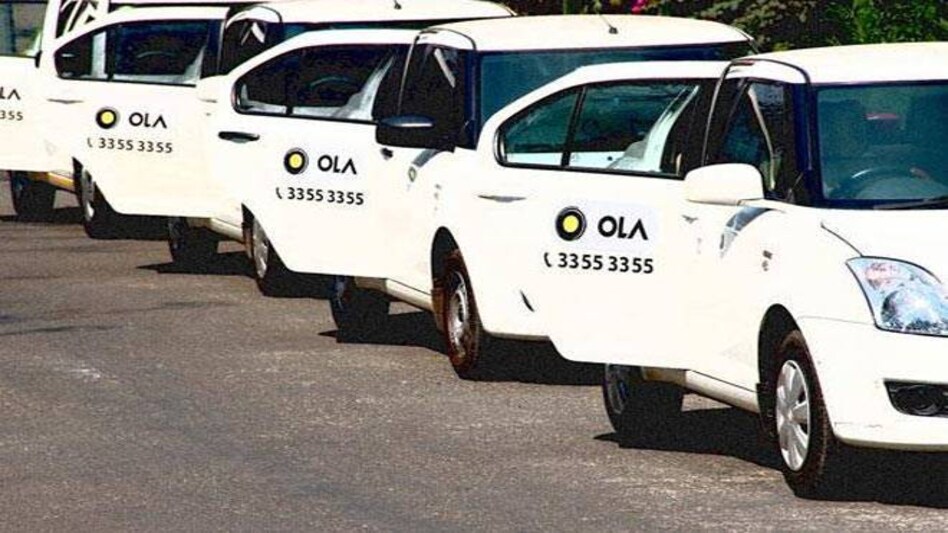

Many Ola, Uber drivers who want to go back to work as usualare unable to do so as driver unions are stopping their vehicles and forcingthem to join the ongoing strike. The skirmish between cab aggregators anddriver unions that has paralyzed the transport system in the national capitalseems to show no sign of abating.
While it may be a temporary trouble for the rider, thedrivers who are being forced to comply with the strike are left with no optionbut to bear losses.
Zaheer, who has been driving an Uber cab in Delhi-NCR for ayear now, is worried about the daily losses due to the strike and the fallingincentives. "My car has been standing still since the past five days,where do I bring the money from," he says.
Despite wanting to drive his cab, he is not able to ply onthe roads due to few groups that have threatened and demanded him to join theprotest against cab aggregators.
"On Tuesday this week, I got a booking by the nameWasim, who called me to a specific location using the app. It turned out to bea false booking. They snatched my device and misbehaved with me," Asimilar incident took place with him a day later, he claimed, in ConnaughtPlace.
ALSO READ: Ola, Uber drivers' strike: 5 reasons why cab fares may increase drastically
Delhi High Court made an intervention in this matter afteran appeal by cab aggregator, Ola was filed. Justice Rajiv Sahai Endlaw passedan interim order on Ola's plea accusing the taxi drivers' unions - SarvodayaDriver Association of Delhi (SDAD) and Rajdhani Tourist Drivers' Union - ofstopping cabs of drivers who did not participate in the strike.
In a report by Livemint, SDAD vice-president Ravi Rathoresaid that they are peacefully staging a dharna at Jantar Mantar and are notindulging in any type of violence.
An average cab driver attached to Ola or Uber has to dealwith various costs other than fuel. It includes monthly toll taxes forinter-city travel, insurance and more. All this accounts to a daily expenditureof around Rs 300-Rs 400 a day, some drivers claim. And with a halt in earningsdue to the strike, they are facing difficulty in making ends meet.
The demands of the driver unions who have been trying to getas many drivers as possible to join the strike do not seem completelyunjustified. In recent months, with the cab aggregators inducting more drivers,the earnings of the drivers have gone down due to a demand-supply mismatch.Beyond this issue, the cab drivers have also complained of long working hours.
Most Ola, Uber drivers work for at least 12-16 hours at astretch, and many of them also drive overnight.
Shadab is an Ola driver from Mumbai, where there has been nostrike so far as compared to other big cities such as Hyderabad, Bengaluru andDelhi. But the drivers in Mumbai are also facing the same situation, Shadabsays. According to him, there is a surge in the amount of cabs joining thepopular aggregators.
Shadab stated, "I am satisfied with the fare but nowthere are much lesser riders. Two drivers, in a 24-hour shift are only able toget 12-13 trips whereas we used to get 17-18 trips a day," Shadab said.
Copyright©2025 Living Media India Limited. For reprint rights: Syndications Today